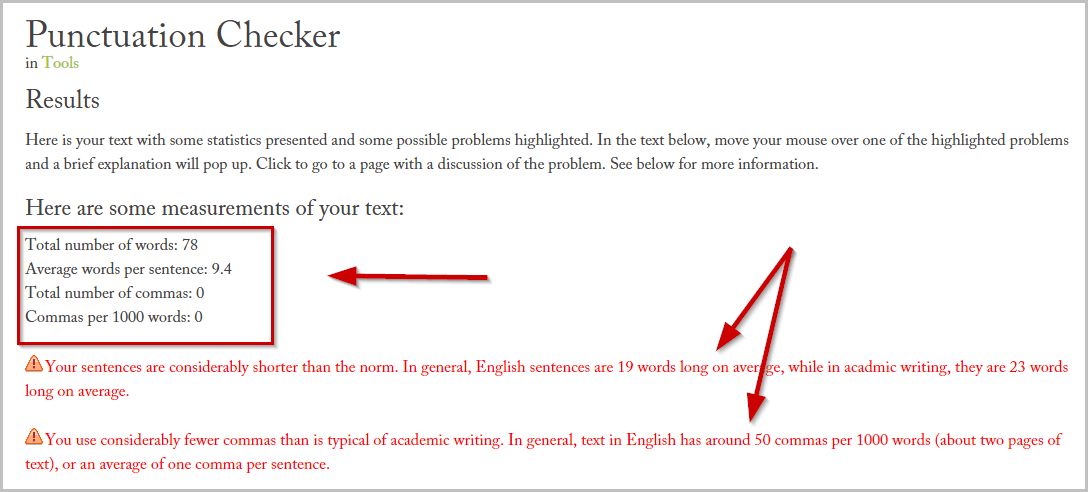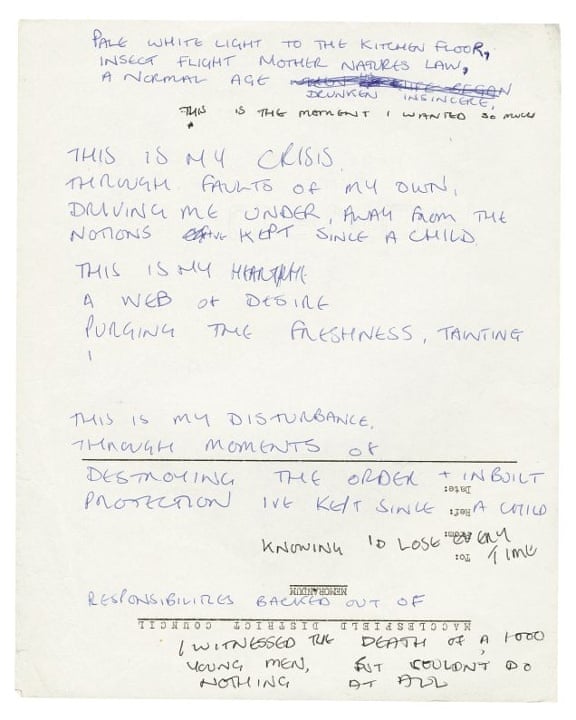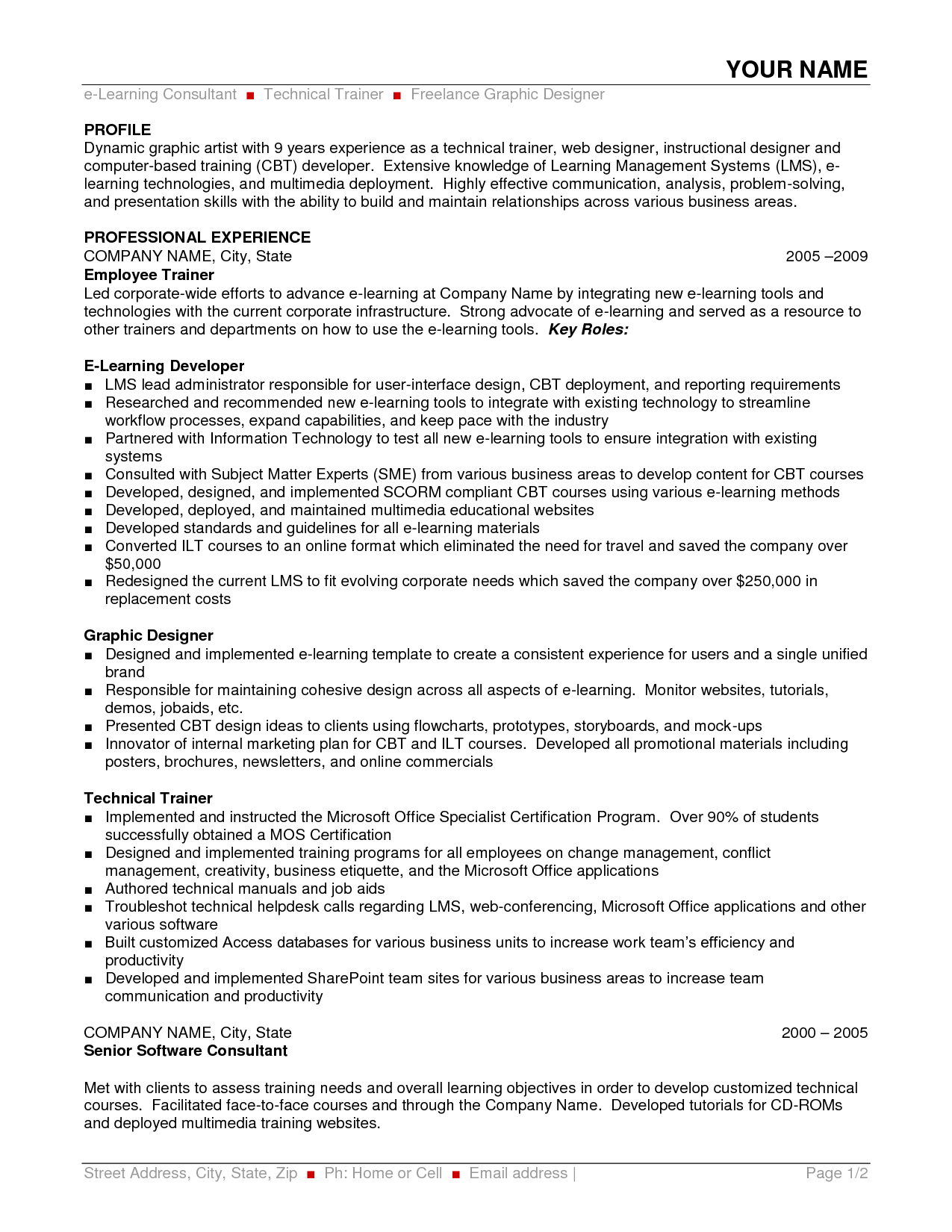Compare and contrast simple diffusion, facilitated.
Passive Diffusion, Facilitated Diffusion and Active Transport It is known that diffusion is one of the most important processes on the cell membrane. It is a spontaneous process, but the rate of diffusion on the cell membrane for different substances can be different.
Question: Compare and contrast simple diffusion, facilitated diffusion, and active transport. Cell Transport: Cells need to transport material inside and outside in order to maintain homeostasis.

Compare and contrast active transport and facilitated diffusion- ? Active transport is the movement of molecules across a cell membrane. Facilitated diffusion is the process of spontaneous passive.

In facilitated diffusion carrier proteins in the cell membrane move substances, such as glucose, into the cell without energy. Active transport is the transport of materials against a gradient that requires the use of cellular energy. Active transport uses carrier proteins that act as a pump to move ions and molecules across the membrane.

Diffusion is the movement of dissolved solutes or gases from an area of high concentration to an area of low concentration (down a concentration gradient). This is a passive process and so requires no energy in order to take place.

Diffusion, Osmosis, Active Transport There are two ways in which substances can enter or leave a cell: 1) Passive a) Simple Diffusion b) Facilitated Diffusion c) Osmosis (water only) 2) Active a) Molecules b) Particles Diffusion Diffusion is the net passive movement of particles (atoms, ions or.

Differences between Diffusion, Osmosis, and Active Transport Processes that reply Diffusion When is Active Transport used? Takes place during the digestion of the small intestine. What is Active Transport Process of the movement of dissolved molecules through a cell membrane from.
Compare and contrast xylem tissue and phloem tissue, including their respective structures and functions. The stems and roots of plants contain two separate transport systems; xylem vessels and phloem tubes, of which neither transport oxygen as it is transported to cells by diffusion.

When water goes from a high to low concentration across a selectively permeable membrane through an aquaporin protein channel Compare and contrast simple diffusion, facilitated diffusion, and active transport Simple diffusion - moves things from high to low, no energy required, doesn't require a protein.

Active and passive transport are biological processes that move oxygen, water and nutrients into cells and remove waste products.Active transport requires chemical energy because it is the movement of biochemicals from areas of lower concentration to areas of higher concentration.

Movement across cell membranes Substances can move into and out of cells through the cell membrane. The three main types of movement are diffusion, osmosis and active transport.

The student will be able to compare and contrast the following: diffusion, facilitated diffusion, osmosis, and active transport. How molecules move through the membrane. Diffusion. is the movement of molecules from an area where the molecule is in high concentration to an area where the molecule is in lower concentration.

Simple diffusion, facilitated diffusion and active transport are all methods of transporting molecules across the phospholipid bilayer. They share some common characteristics which include the fact that both simple and facilitated diffusion are passive processes and therefore require no energy to take place as movement takes place down the concentration gradient of the molecules - this means.



